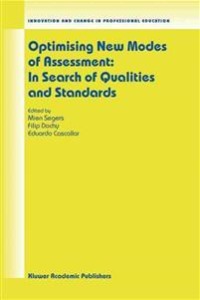
Liknande böcker
Measuring Improvements in Learning Outcomes : Best Practices to Assess the Value-Added of Schools
Bok av Oecd Publishing
With education systems in all OECD countries coming under increasing pressure to enhance their effectiveness and efficiency, there is a growing recognition of the need for accurate school performance measures. But how can we measure their performance in an accurate way? Raw test scores and their ranking tend to reflect students' socio-economic status. Value-added modelling is different and focuses upon progress in student performance. It refers to a class of statistical models that estimate the contributions of schools to student progress in stated or prescribed education objectives (e.g. cognitive achievement) measured at at least two points in time.
Value-added estimates are a significant improvement upon measures of school performance currently used in most education systems across OECD countries. They provide a fundamentally more accurate and valuable quantitative basis for school improvement planning, policy development and for enacting effective school accountability arrangements. Without an accurate performance measure, equitable outcomes and efficient policy responses can be compromised as resources are not directed to where they are most needed. Policies and practices cannot be improved if it is not known what has proven to be effective. This is where value-added modelling plays an essential role. It provides a more accurate measure of school performance, overcoming many of the problems that plague other measures, which can be biased against schools serving more socio-economically disadvantaged students.
This groundbreaking report is essential reading for anyone interested in school performance.
Visa pris inkl. frakt Inkl. frakt







